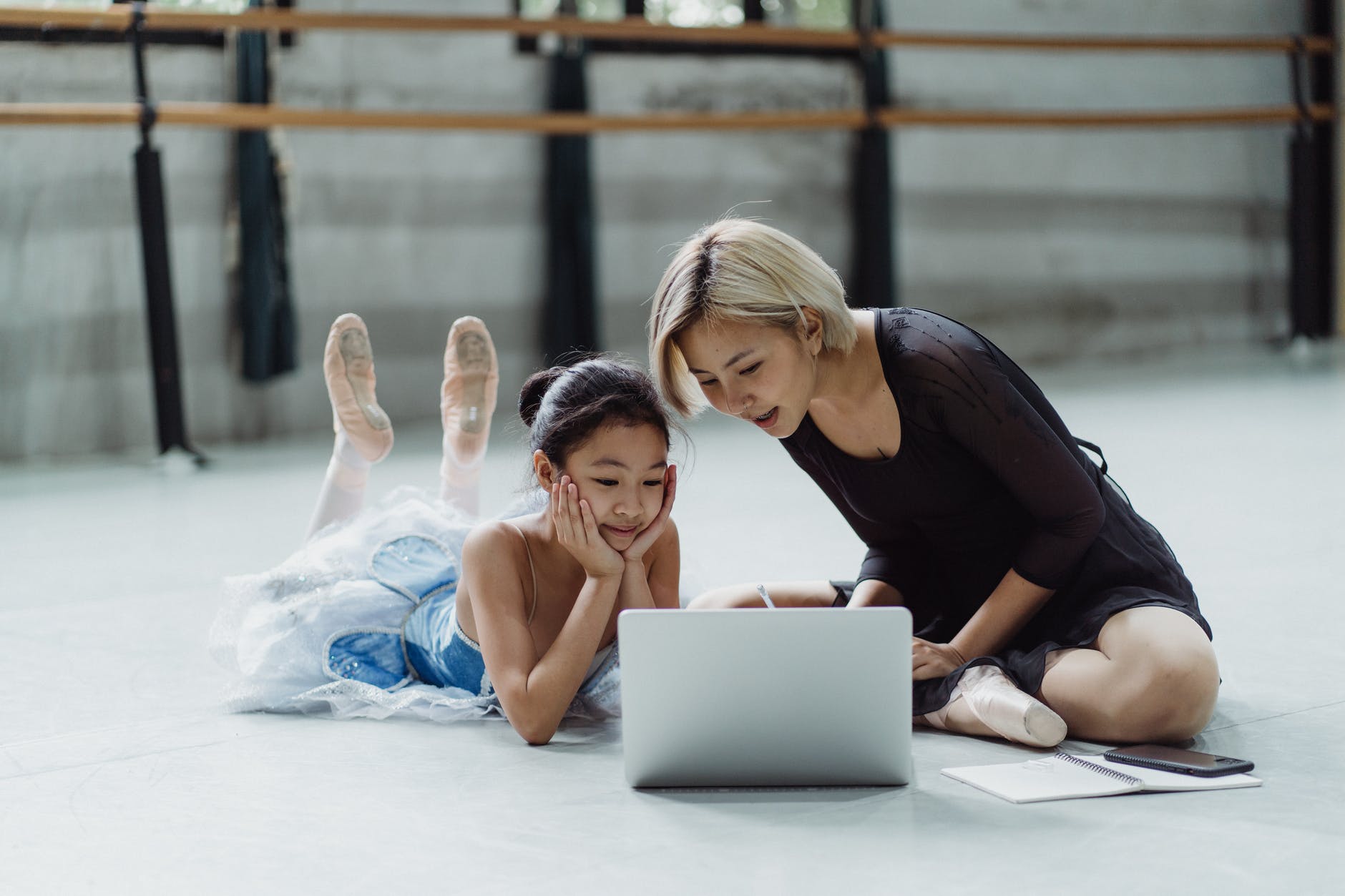We have reached the finish line of our course! We could not be more excited, but also proud of the course we have created. Our goal was to create a course that could be ready to implement for Grade ½ teachers for a blended learning experience in their classroom. Looking at our course we know we have achieved that. We can also take this course and apply it to our remote learning teaching and learning experiences.
Overview:
HERE IS THE LINK TO OUR VIDEO TO UNDERSTAND AND NAVIGATE OUR COURSE
https://www.wevideo.com/view/2116970464
Creation Process
Homepage
For our home page we wanted to keep it simple and straightforward. So we have the class code as well as our flipgrid classroom code for assignments.
Classwork Page:
In our classwork page we have our 3 units which have 2-3 lessons per unit. Each lesson is broken down into a framework that we believe is best practices for 21st century teaching and learning. The framework is a gradual release of responsibility with the 3 components of: “I DO, YOU DO, WE DO”. We both use this framework within our own classrooms because it allows us to give explicit instruction to the students and allows for scaffolding to take place. Giving them the foundational concepts, language and knowledge that they need to then explore their learning and finally show us what they know through a gradual release to learning model.
We found that a blended model to learning worked amazing with this framework and we were able to create interactive, collaborative experiences and content for students using online tools. An example is that we were able to create WE DO lessons using various online platforms and tools such as Jamboard, Flipgid, Padlet, Geoboards, and Seesaw. After reading and writing about the importance of collaboration it became our mission to create as many online collaborative experiences for our students as possible. This way we are setting them up for their older grades when they become even more familiar with online learning experiences.
I DO Lessons
The one area of our course we struggled with creating was the “I DO” lessons. Feedback from our peers allowed us to think about our “I DO” differently and to come back to a blended model of learning. Some of the “I DO’ lessons have a quick engagement video for students as suggested by our peers (read this blog post for more information).
Our peers also suggested to focus on the blended piece of learning and not just online content. Therefore we have lesson plans for teachers that they will have the flexibility to teach those lessons in person, on video or recorded.
Exploring New Online Tools
We were able to incorporate new online learning tools we had never explored before until our experience in EC&I 834. We used Nearpod in some of our lessons after learning about how amazing the tool was. We were blown away with all of the resources and programs that are out there for kids to enhance their learning.
Check out Tessa’s blog post for how you could use it in your classroom!
After getting my feet wet with WeVideo, I started to create little projects and those little projects turned into bigger ones which include some of my grad studies presentations. I know I still have a ways to go with this learning and knowing all of the features of the program but I am certainly proud of myself for learning about a brand new program in the middle of this pandemic. The program is quite fascinating and I know any group of students or even my peer classmates will respond well to it. I am looking forward to continuing to challenge myself with this program and many others in my near future as an educator.
Assessment
We wanted our course to be as accessible as possible for students and teachers. As a teacher, assessment can be a very tricky task. Reflecting on (I think it was Dions post) and his question with challenges on assessment we both felt the same way. We are used to a classroom environment where we are constantly monitoring our students progress through formative assessment tasks. Therefore we wanted to create an experience/environment where teachers could still collect the formative assessment pieces through “WE DO” lessons to monitor individual student understanding. We also wanted to create interactive summative assessments for students to show their learning through interactive activities that allow us to see their full understanding of our target outcomes. All of the “I DO” activities are linked to a interactive game board that gives students the opportunity to select tasks and show their understanding of the learning outcomes in various ways.
The gameboard is still something we will continue to work on. The underlined titles are all of the activities we have creative for summative assessments so far. We will continue to work on this piece of our course so that we can create even more interactive students tasks to give students more opportunities to show their understanding over one standard unit test.
Teacher Assessment Guide
We also created a teacher assessment guide for each unit that allows teachers to see the outcomes each unit is targeted to. We included both Grade 1 and 2 outcomes. We then attached the assessments for student assessments to the guide so that teachers can view the tasks the students will complete to show their understanding of those outcomes. Followed by the assessment tasks are rubrics for teachers to use for those assessments.
If you are interested in our guide check it out!
CONCLUDING REMARKS:
Check out our course profile blog to see how we started planning our course. If you want to see our final product here is a link to our course!
Overall, this course learning experience has been one that has brought many learnings for the both of us. Initially, we started with the feelings of discomfort because of the many unknowns that come with not feeling confident with engaging students with online learning. Since we have been able to work together, the collaborative efforts have been outstanding and our professional growth has made many strides. As we go back to remote learning, we feel that this course has set us up for success for not only the instruction and it’s delivery, but also with the various ways we have learned to engage our students with online learning. We are hopeful that our gameboard will get LOTS of use during our future remote learning experiences and we already have new ideas to add to the game board!
Thanks for not only reading our blog post but also for checking out the many pieces that went into the process and the construction of our course! We have appreciated your support throughout this learning experience.

Tessa, I have so much gratitude for you and all of the hard work you have put into the creation of our course. I could not have asked for a better partner to tag along with me on this learning adventure!
Thanks again to everyone in #eci834, you are all ROCKSTARS and because of EVERY SINGLE ONE OF YOU, we are confident our course will FLOURISH for all!
Tessa & Jill







